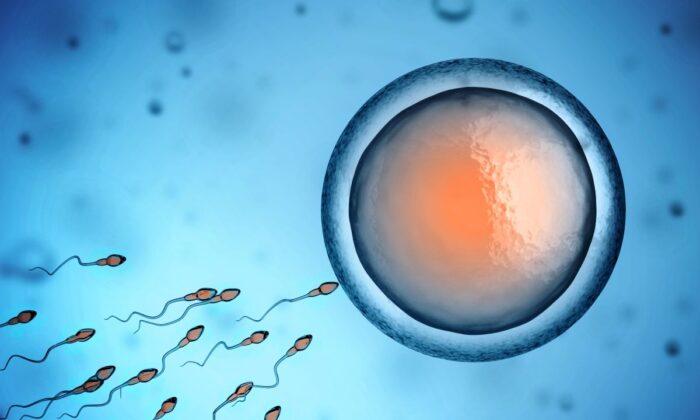Tens of thousands of wind turbine blades will end up in landfill by 2030 unless recycling programs are prompty established, research from the University of South Australia has shown.
Led by Professor Peter Majewski, the study lays bare the challenges of recycling wind turbine blades, which have an average lifespan of about 25 years and whose current construction from either carbon fibre or fibreglass composite material makes them expensive to break down, with the leftover materials having little market value.
“The same features that make these blades cost-effective and reliable for use in commercial wind turbines make them very difficult to recycle in a cost-effective fashion,” Majewski said in a release on Thursday.
“As it is so expensive to recycle them, and the recovered materials are worth so little, it is not realistic to expect a market-based recycling solution to emerge, so policymakers need to step in now and plan what we’re going to do with all these blades that will come offline in the next few years.”

Producer Responsibility and Official Regulation Frameworks
Majewski said the cost of disposing of the blades sustainably will probably need to be factored into the cost of their manufacture or alternatively the cost of their operation.“So, drawing on the experience of similar programs for other products, either the manufacturer must take responsibility for what needs to be done with the blades at the end of their useful life, or the wind farm operators must provide end-of-life solutions as part of the planning approval process for their business operations,” he said.
Majewski highlighted that in addition to self-regulation, the long lifespan and high cost of blades means official frameworks are necessary to ensure transition of responsibility.
“If manufacturers disappear, or wind farms go broke, we need to ensure processes are still in place for the turbine blades to be disposed of properly,” he said.
While it is likely consumers will be hit with some of the end-of-life cost via energy tariffs, Majewski believes market competition between energy producers will minimise that impact.
“There will be some cost to this for everyone involved, but we have to accept that as part of the cost of producing energy in this way,” he said.
First Recyclable Wind Turbine Blades Developed in Denmark
In September 2021, renewable energy company Siemens Gamesa developed what they call “ the world’s first wind turbine blade that can be recycled at the end of its lifecycle”.The new blades, developed at the company’s Denmark factory, are constructed from a combination of materials cast together using resin, resulting in a strong and flexible lightweight structure.
The chemical structure of this particular resin means it can be efficiently separated from the other components of the blade at the end of its life, and this process protects the properties of the blade materials, something not achievable in the recycling of conventional blades. The breakdown materials can then be reused in other applications.
Siemens Gamesa says offshore customers will now have the opportunity to choose these new recyclable blades for their future projects.





